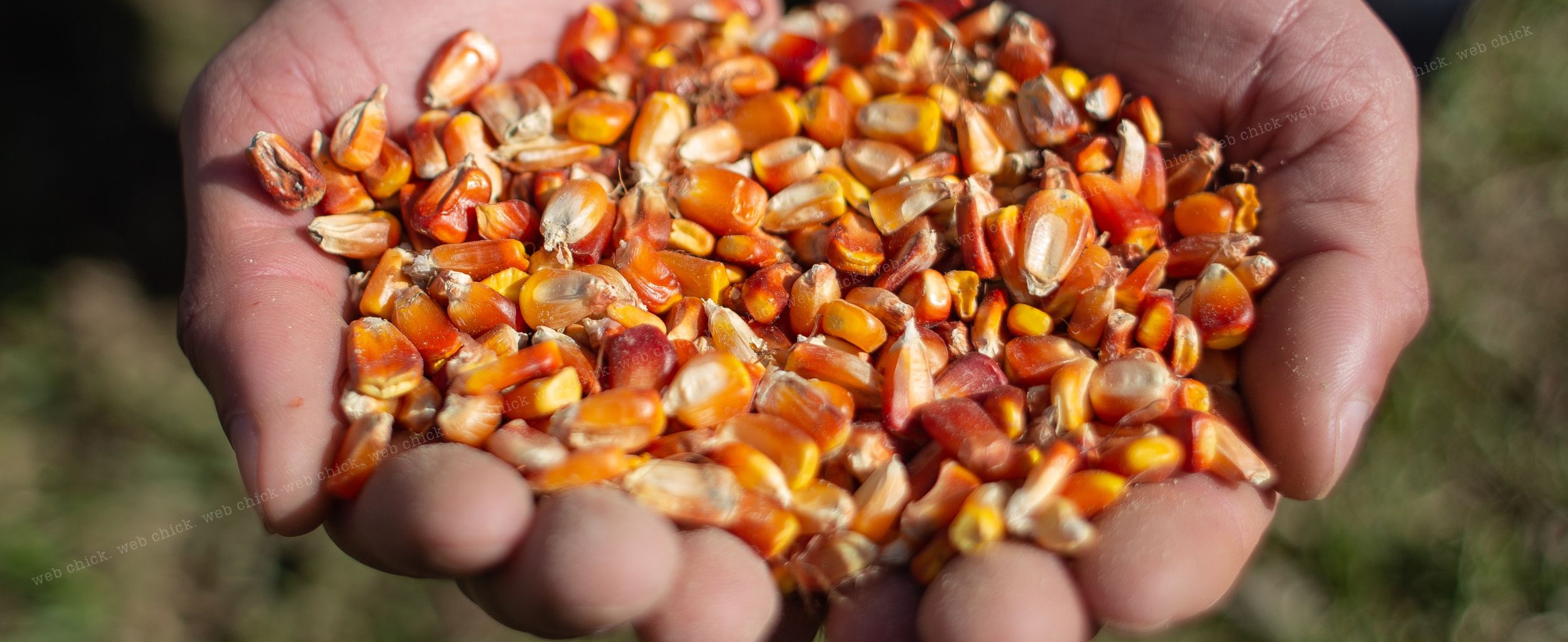Corn Bushels and Crop Residue
Dr. Connor Sible, University of Illinois recently shared research on corn yields and corn crop residue. As corn matures, corn puts energy into creating kernels of corn. However, to make corn kernels, it takes roots, stalks, leaves, tassels, and cobs. Dr. Sible’s research shows that higher corn yield resulted in higher corn crop residue, which seems logical.
Dr. Sible reports every bushel of corn results in 43.7# of corn crop residue. For 200-bushel corn, that’s 8,740 pounds or 4.37 tons/acre of corn residue; for 300-bushel corn, 13,110# or 6.6 tons/acre. Most farmers struggle to get their crop residue to degrade, and as crop yields increase, so does the corn crop residue.
Dr. Connor Sible and Dr. Fred Below are striving to get 300-bushel corn. Dr. Sible finds that weather contributes 2-ton residue/Acre, soil fertility (2 Ton), corn hybrid selection (1.1 ton), corn population (8 ton) with lesser amounts attributed to crop rotation (.4 ton), type of tillage (.3 ton) and biological factors (.2 ton) per acre to equal 6.6 tons corn residue/acre. The dryland corn record (624 bushel/acre) translates to 13.6 tons of corn crop residue/acre. Many farmers may think corn fodder is trash, but it is a treasure based on the soil nutrients in the crop residue.
Corn residue has 20# Nitrogen (N)/ton, 4# P2O5/ton, and 23# of K2O/ton. Converting P205 (fertilizer) to actual P results in 4# * 44% equals 1.76# of actual P/ton. For K20, 23# K2O * 83% equals 19.1# actual K/ton. On 200-bushel corn (4.4 tons of corn residue) that equals 88# N, 7.7# of actual P, and 84# of actual K per acre. For 300-bushel corn (6.6 tons of residue) equals 132# N, 11.6# actual P, and 126# of actual K per acre. While the P content may seem low, this is all plant available P. For N & K, the numbers are quite high and significant. If you are selling corn residue for bedding or account feed, account for the amount of nutrients/acre you are losing.
Dr. Sible also did research on corn crop residue breakdown. Too much crop residue may keep nutrients tied up and slow down germination for the following crop. Typically, he got a 201 corn bu./acre in a corn-soybean rotation but only 153 bushels in a corn back to corn, a loss of 48 bu./acre. He also planted cereal rye after the corn, to add another complicating factor. He tried several things to speed up corn residue degradation. By chopping the stalks, he gained 13 bushel on his corn back to corn. He also tried adding some fertility, 42# of N and 48# of Sulfur. This added another 1 bu./acre. Combining corn stalk chopping with added fertility gained another 1-bushel corn/acre. Sible’s research is based on 3 years of data and he’s a young crop and soil scientist trying to find solutions releasing crop nutrients and getting corn to break down.
Here are a few suggestions. First, cereal rye in the crop rotation is good for building carbon but may not be as good for keeping it stable. Corn is a grass and so is cereal rye which tie up N. Cereal rye can have an allelopathic (toxic affect) on the following corn crop. With over 67 known varieties of cereal rye, some are more toxic than others. For soybeans, it does not matter, because the soybeans can make it’s own N, so plant the most allelopathic variety to reduce weeds. For corn, use a less toxic variety, because corn is sensitive to the allelopathic affect found in the corn stalks and leaves of the crop residue that is slow to decompose. In Michigan, the Elbon certified cereal rye variety is known to have a lower allelopathic affect and is a good choice if planting corn after cereal rye. Better yet (2nd), plant a legume or clover cover crop to add some N to help break down the crop faster. A good legume or clover can add 100-200# N by spring.
The next suggestions need to be used in a systems approach. Ideally, 80% of corn crop residue should be degraded by next spring. Soil temperature (above 500F), moisture, biology (adequate fungus and bacteria), and even macro fauna (springtails, mites, beetles) help degrade corn stalks. In order for these factors to work, plant an earlier maturing corn variety early in the spring and harvest earlier. Plant a cover crop with some legumes/clover to create a good soil environment. Avoid over using insecticides that kill the macro fauna, reduce herbicides like glyphosate which can decrease your microbial biology, add a little manure; and watch your corn residue melt away.
